
(…of beer venues, I mean.) For the six years I lived in Melbourne I worked within a surprisingly-tight area; a two-kilometre circle centered somewhere in Collingwood, in the inner-North-East.1 That part of town saw a few high-profile closures in 2024, further datapoints for the general sense of doom that haunts the industry — but also some interesting (re-)openings, and given my proximity to it all I wanted to take a moment to sit with what’s happened and try to pin it down.
The closures I have most in mind are the three in the banner image here. In June, Range (a brewery based in Brisbane) closed their Melbourne outpost — a small taproom, takeaway and distribution point where I worked for two years. The official reasoning was a re-focus on operations in their home state, and to be fair it is difficult to maintain a satellite when its orbit is that far out,2 but it did often feel that — when we simply weren’t out of sight, out of mind — we were expected to be too much like their other venues, unable to adapt to our vastly different context.
The Craft & Co shut down their multi-storey multi-purpose spot on Smith Street a few weeks later. It’d been there the whole time I worked in the area, but I’d never gone in for a beer. Perhaps the everything-to-everyone lack of focus — brewery! distillery! deli! events!3 — gradually counted against them, and the generic “craft” branding which might’ve once been an asset (safe and unthreatening to, you know, “normal people”) would’ve lost a lot of appeal as the shine was rubbed off that word over the years. They have another site further afield which opened in 2023, but it looks like they switched the production / hospitality balance there much further towards the former than they did in Collingwood.
Then, in August, it was announced that Fixation would close. Originally an offshoot of Stone & Wood and so eventually part of Lion / Kirin, their overbosses said they’d decided not to renew the lease but vowed to continue the brand and recipes (which had long been produced elsewhere, also). Crucial context here is that they had also just closed the venues of two other subsidiaries; Two Birds (once an independent Melbourne brewery, bought by a pre-takeover Stone & Wood), and Malt Shovel (Lion’s in-house “craft” brand from the 1990s). So this seemed to be very much of a piece with the general tactical retreat that Big Beer is undertaking worldwide.
Different roads to ruin, then.4 Late last year I took a walk around the neighbourhood to visit them. Range was still being used as a base for local deliveries, and from the front looked more abandoned than closed; stock all gone but other things left behind and layers of graffiti and street detritus accumulating outside. Craft & Co’s interior, by stark comparison, had been stripped of everything but the shadows thrown from the windows. Fixation still had hints of some activity inside (presumably staff packing things up) so I didn’t feel like pressing my camera against the glass that day but I happened to be in the area a few weeks later and by then it, too, was completely empty. So strange to see a place I’d been many times5 hollowed out to the walls when the mental pictures of where everything was were still so clear.
But while they were shutting down, work was underway elsewhere. Those three venues sit empty, but three others close by are now open — each an interesting resurrection in its own way. An erratic, unending drumbeat of closures is distracting and depressing, and re-openings involve a lot of upheaval and work; none of this is easy. But it’s worth remembering that — in this and every other ecosystem — some level of churn is natural, inevitable, even desirable.6
August saw a widely-publicised opening for Punters Club in Fitzroy, one suburb over, explicitly cast as a “love letter” to a venue (same name, different owners) that had been in that spot but closed two decades earlier. Its decor is self-consciously nostalgic, perhaps not as note-perfect as the Love Shack bar in Castlemaine or Hawke’s Leisure Centre in Sydney,7 though that’s a very high bar. They also freely admitted which parts were still a work-in-progress, but it looked promising and a Rothaus Pils in the sunny front bar kept me happy on the one chance I had to visit. Meanwhile, Rocky Ridge (from Western Australia) had been busy refitting the enormous Thunder Road location just a little further away,8 and opened it in early September, making a few clever changes so the place worked better as a taproom-in-a-brewery than it did previously. Physically, the looming steel tanks still dominate, but it’s still a nice place to drink and the beers were in fantastic form.
I couldn’t spend more time at either because I was back in Collingwood, helping to get The Bendigo Hotel re-opened.9 It had been taken over by The Mill Brewery, previously based just a few hundred metres away — which was where I wound up, after Range. With their building earmarked for redevelopment they moved into the hundred-year-old Bendi, which had closed earlier in the year. It was many things in its long life, most recently a much-loved but much-neglected gig venue (particularly for metal and hardcore punk), that kind of tipped from dive bar into disaster. The remodel turned out (I think) a textbook balance between keeping treasures, fixing problems, and cutting out dead wood. For the months before I left Melbourne, that’s where I worked, with a great little crew and excellent bosses. It was a lot, but I loved it.10 The brewery just celebrated its birthday there with what looked like a blast of a blowout (I’m still lurking in the work group chat), and I wish I could’ve joined in — though it did nudge me into finishing this.
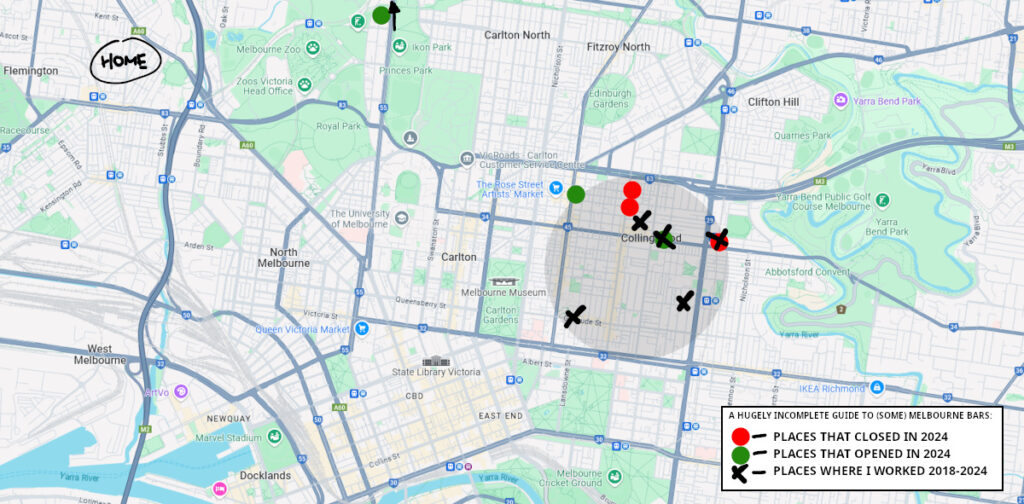
- So despite changing jobs three-and-a-half times (from Stomping Ground to Catfish, then Range, then The Mill / The Bendigo), at least three-quarters of my cycle commute over from Flemington remained the same. Which lead to the occasional auto-pilot error when I’ve been particularly tired or distracted, delivering myself to the wrong venue. There’s a map at the bottom of the post if you’re curious, or lost.
- It’s hardly a direct comparison, but we were three times as far from HQ as the International Space Station is from Earth. Australia is big.
- Their functions manager was an old comrade of mine from Stomping Ground, and she had a therapeutic beer with her colleagues at The Mill (where I was working, just around the corner) the evening after the announcement. She’d spent a harrowing day on the phone with stressed-out folks who had just lost their wedding venue, but was able to refund and rebook everyone elsewhere. So it did sound like they handled their exit gracefully, at least.
- It reminds me of that quote (apparently Tolstoy) about how “every unhappy family is unhappy in its own way”. But the first half of it (that “all happy families are alike”) doesn’t seem true except at extremely high levels of abstraction, and doesn’t really have an analogy here — you can be a good, successful bar in many different ways.
- And very-nearly worked at: see footnote 8 in this 2023 post about them — and their corporate overlord’s dodgy co-option of their story and their achievements.
- The trick, of course — and this is why you should be wary of people who use ecological metaphors in their economics — is what you do to look after people caught in the collateral damage of the cycle. But that’s a general problem I want to address in another post, so I’ll just acknowledge it now but keep moving.
- Both helpfully profiled in this Crafty Pint infomercial.
- The geographic connection to my theme here is the weakest but the strong personal connection compensates: their venue manager is my old boss from Range — and so someone oddly-specifically experienced in running a venue for an out-of-state mothership.
- In another small-world kind of connection, the incoming venue manager used to run Fixation — so after nearly working for him there, I did work for him here.
- Catfish also had a late night / gig venue aspect, but the Bendi was much later and considerably louder — and I was admittedly a few crucial years older. My taste in music occasionally tips in that direction, though (big Beastwars and Alien Weaponry fan), and my last night was fortuitously a Dr Coloussus gig — Simpsons-themed doom metal; perfect.

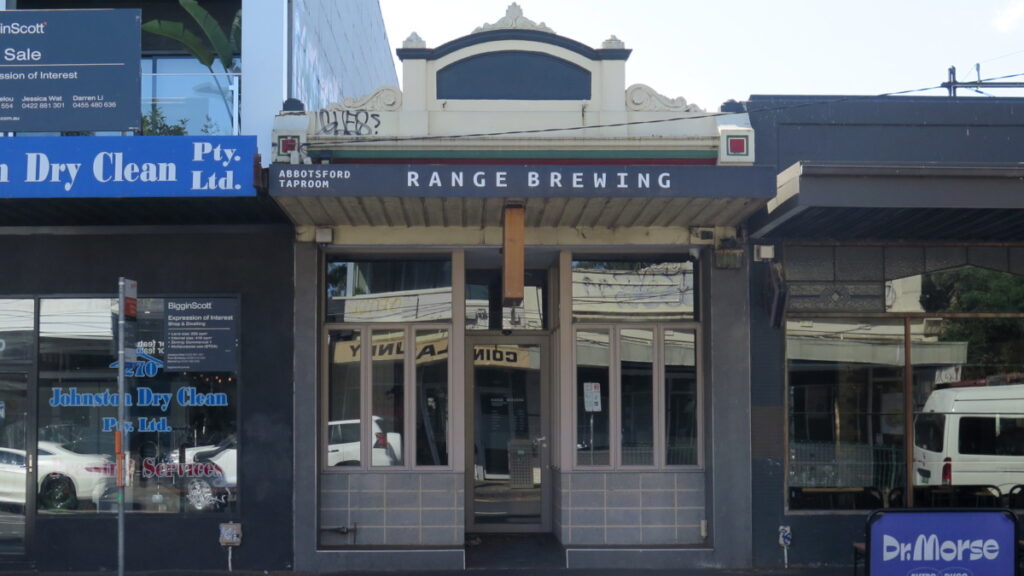
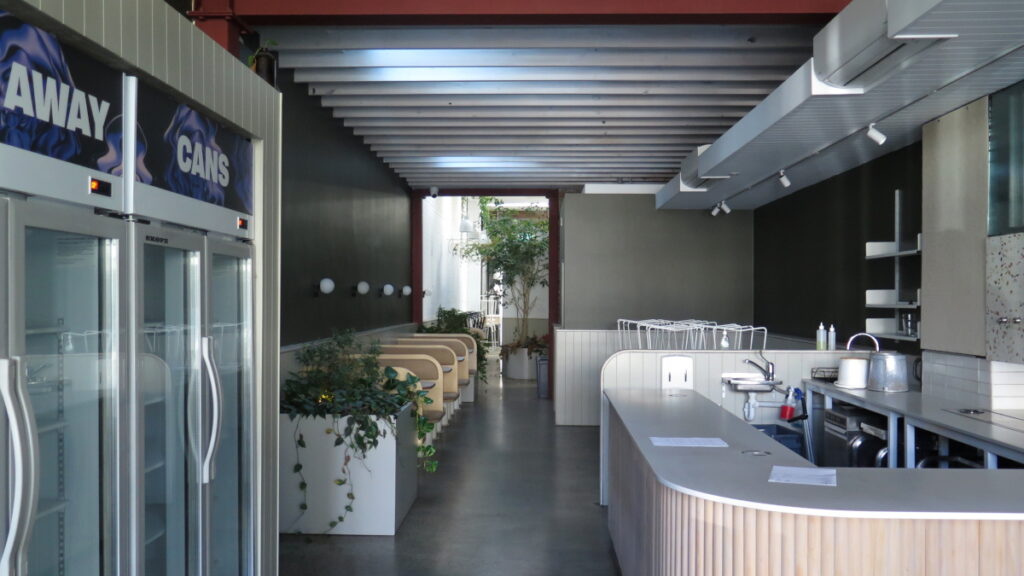
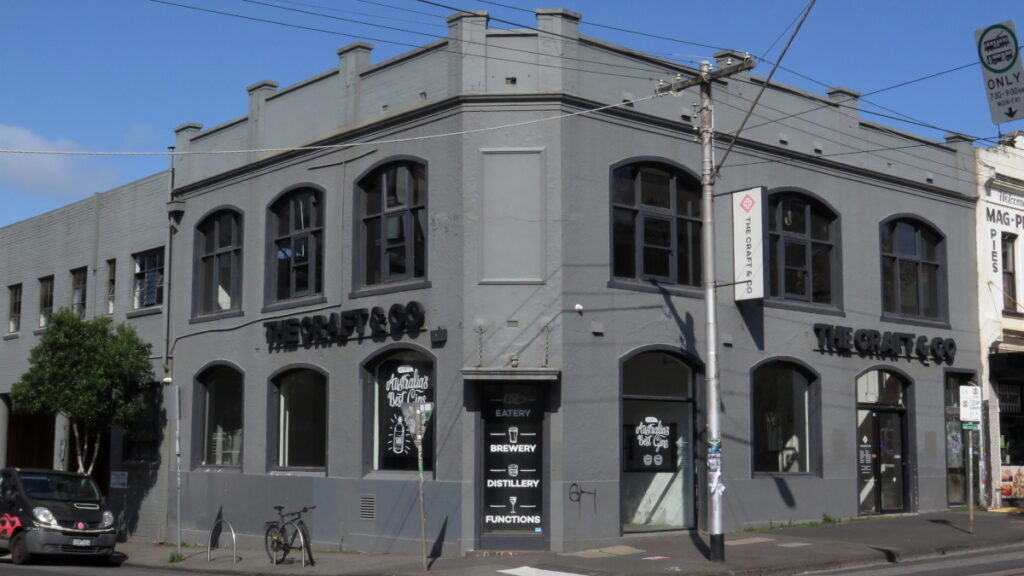
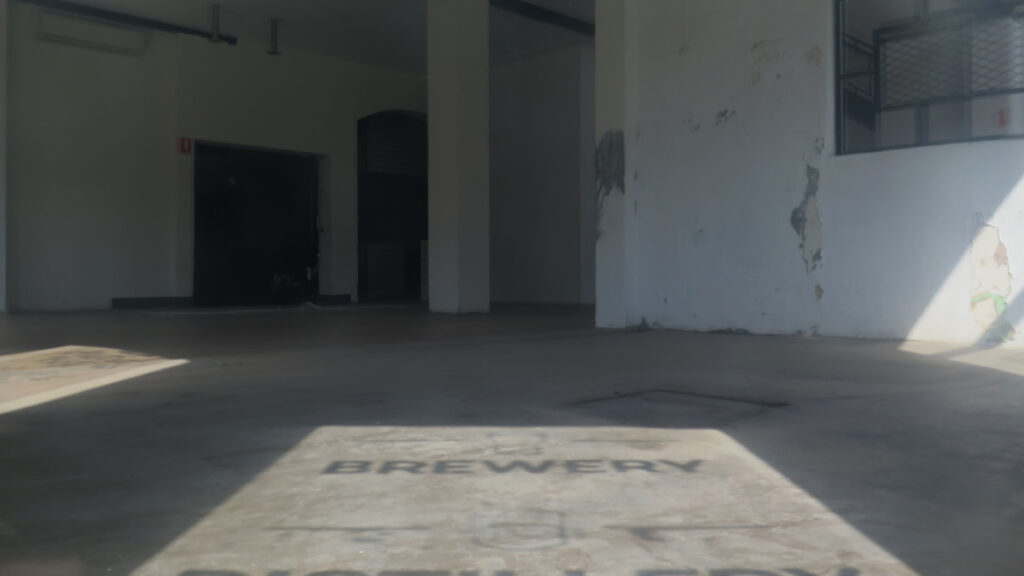
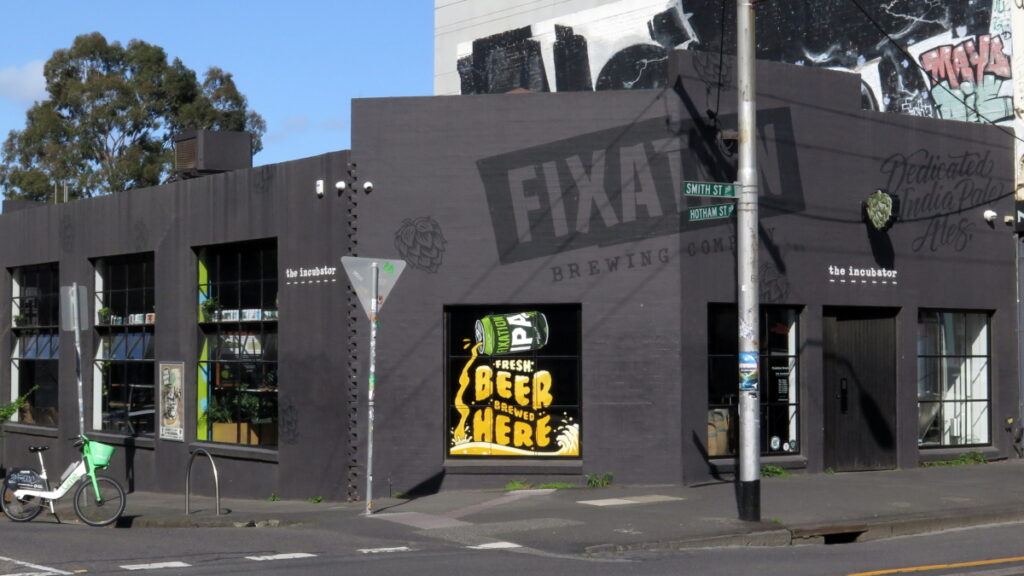
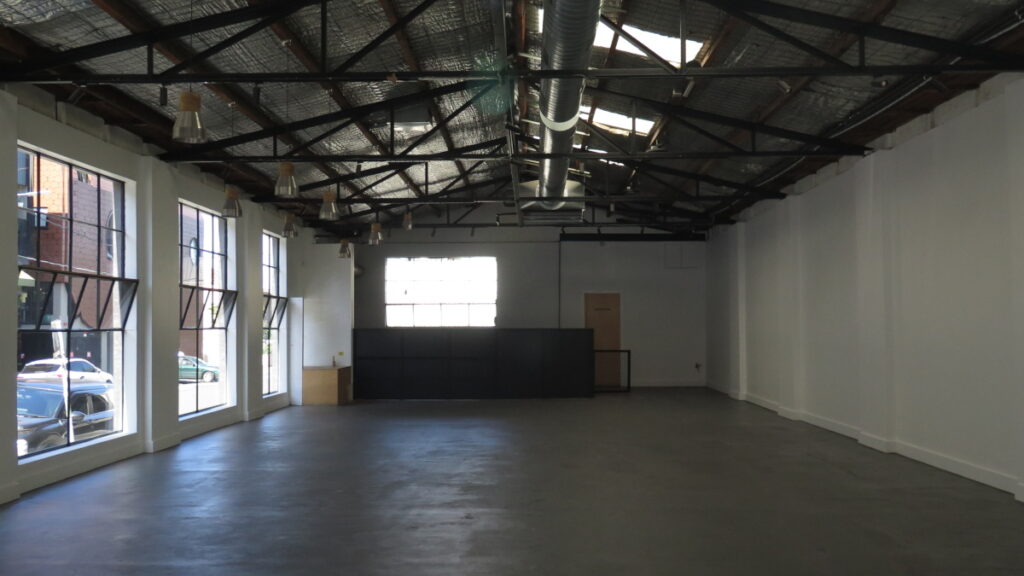
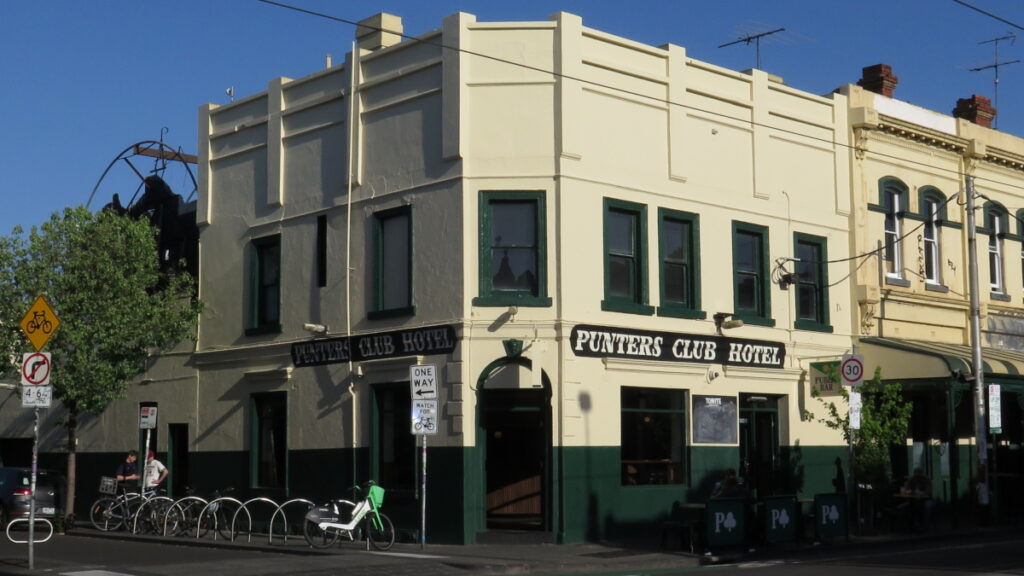
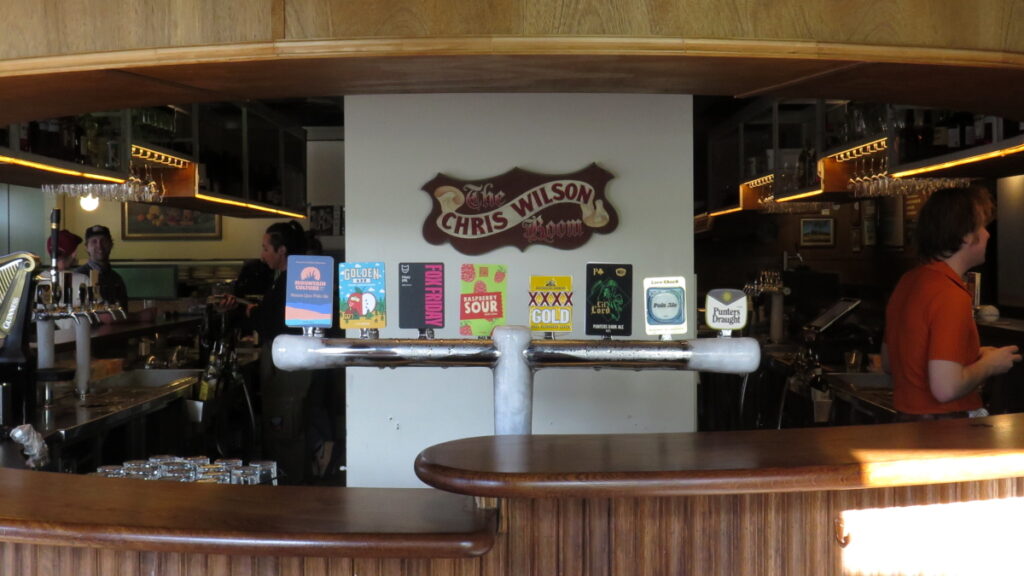
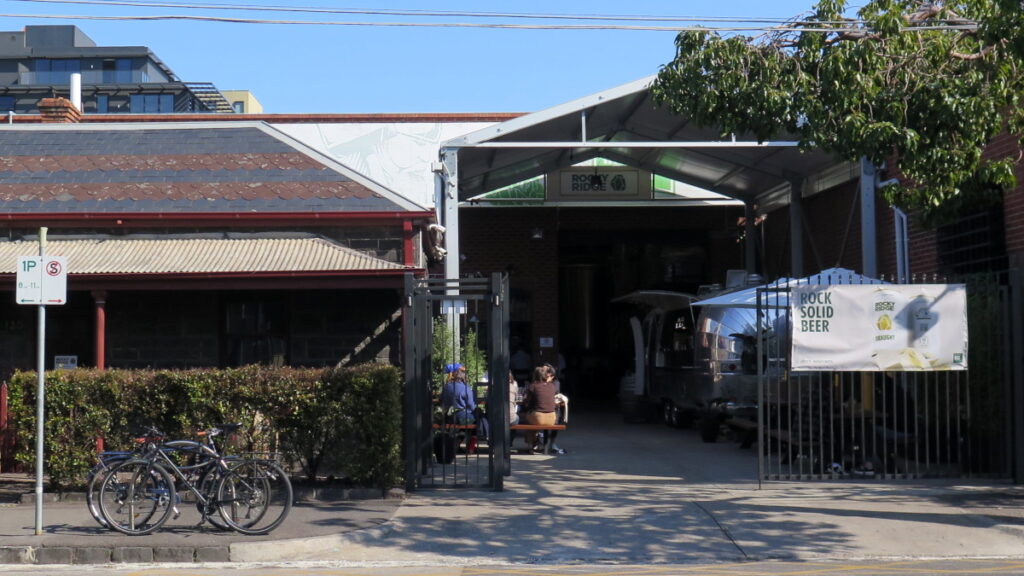
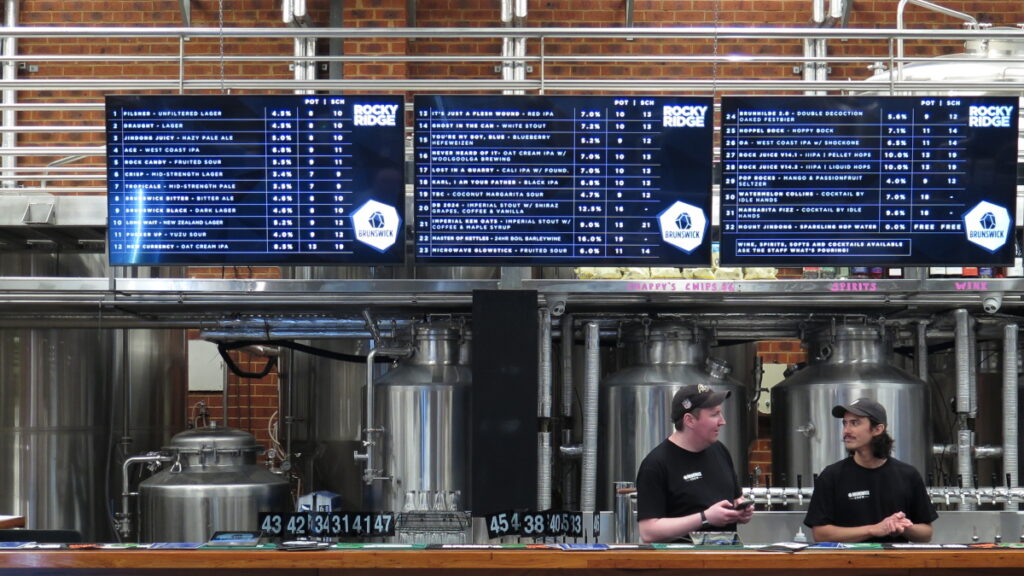
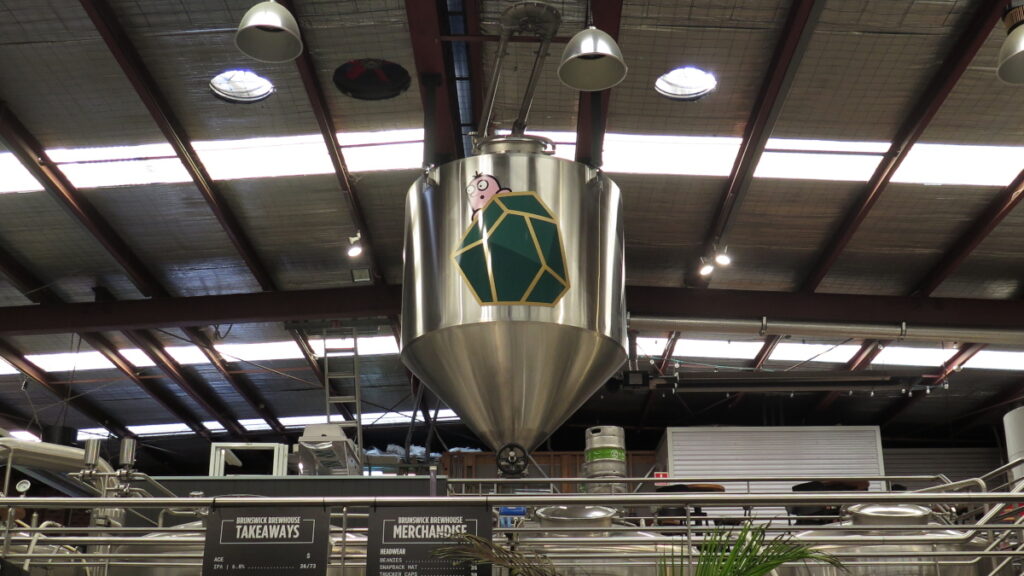
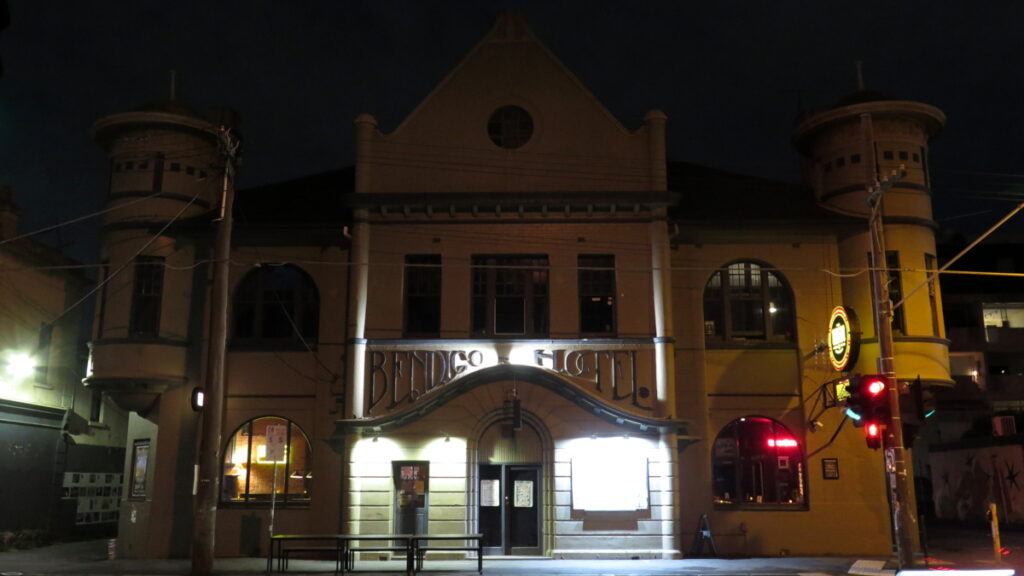
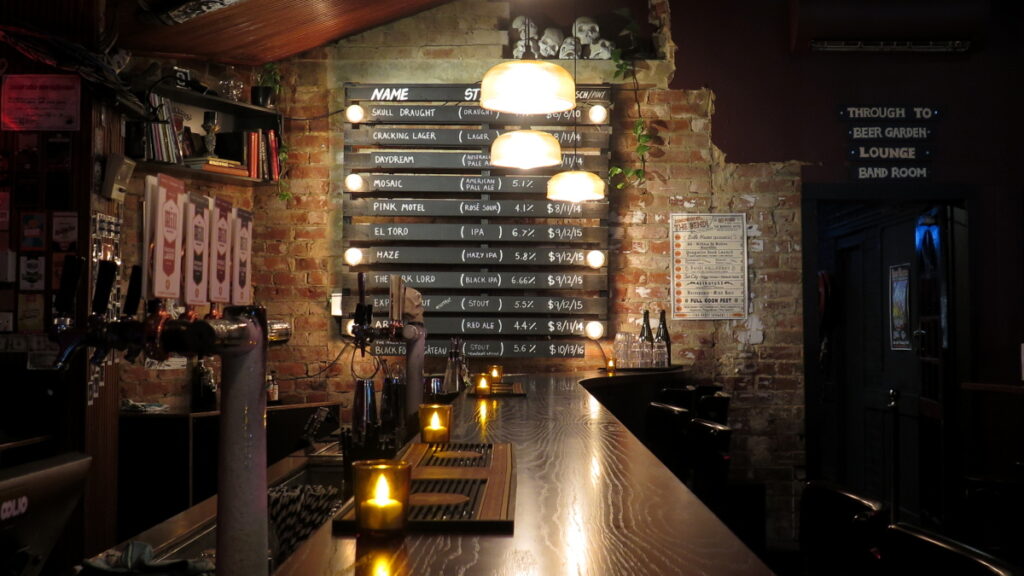
Great read Phil!